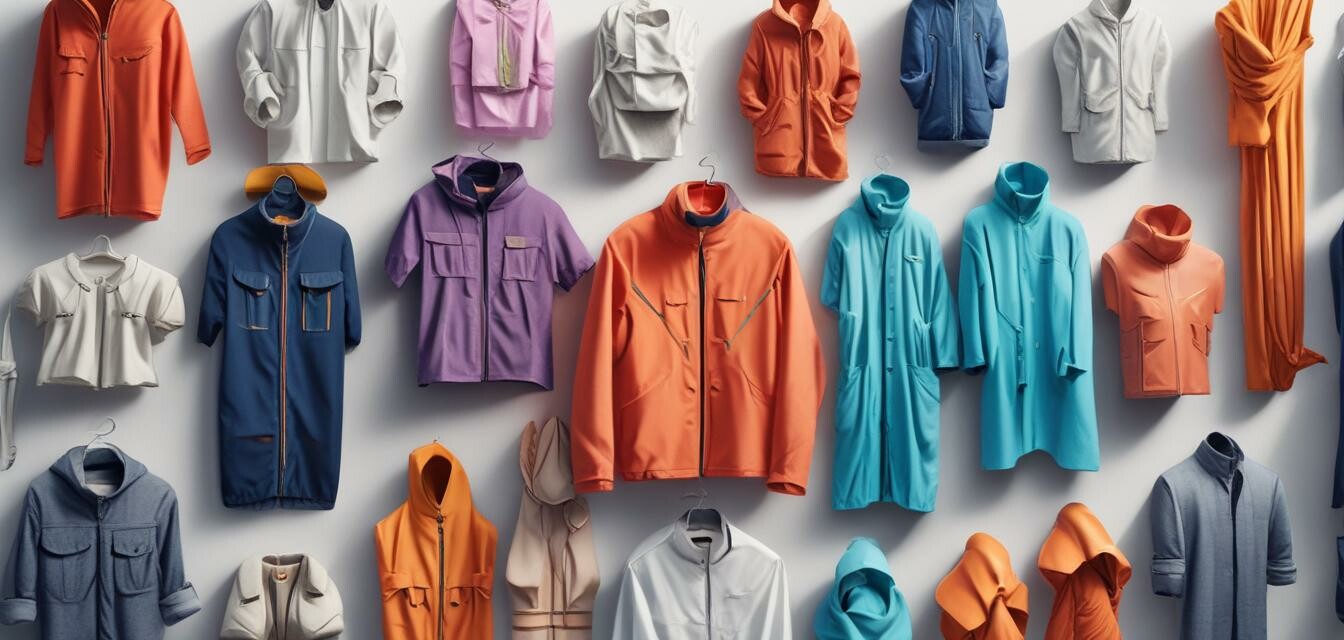
How to Care for Your UV Protective Clothing
Key Takeaways
- Proper cleaning methods are essential to maintain the UV protection of garments.
- Avoid harsh detergents and fabric softeners that can degrade UPF ratings.
- Store your clothing in a cool, dry place to prevent material degradation.
- Regularly inspect for any damages such as holes or fraying.
- Follow the manufacturer's care instructions for best results.
In recent years, awareness surrounding skin cancer risks has made UV protective clothing increasingly popular among individuals who spend a lot of time outdoors. To maximize the effectiveness and longevity of your UV protective gear, it's crucial to implement proper care practices. This article will outline essential tips on cleaning, maintaining, and caring for your UV protective clothing.
Why is proper care important?
UV protective clothing is specially designed to exclude harmful rays; however, improper care can diminish its effectiveness. As noted in our Health and Safety Tips, maintaining UPF protection is vital for safe sun exposure. Here are several reasons why attentive care matters:
- Longevity: Regular maintenance extends the lifespan of your garments, saving you money in the long run.
- Performance: Proper care helps retain moisture-wicking and cooling properties.
- Protection: Ensures that the clothing continues to block harmful UV rays effectively.
Cleaning your UV protective clothing
Cleaning your UV protective clothing correctly is crucial to maintain its effectiveness. Here are important steps to follow:
| Step | Method |
|---|---|
| 1 | Check the care label for specific instructions. |
| 2 | Use cold water when washing to maintain fabric integrity. |
| 3 | Opt for mild, biodegradable detergents that won't compromise the UPF rating. |
| 4 | Avoid fabric softeners, as they can leave a residue that affects the material. |
| 5 | Air dry when possible; avoid direct sunlight which may damage the fibers. |
Washing techniques
When it comes to washing your UV protective clothing, consider the following techniques to enhance longevity:
- Use a mesh laundry bag to reduce friction and prevent snagging.
- Wash similar colors together to avoid discoloration.
- Do not bleach your garments as it degrades the fabric.
Maintaining appearance and performance
Through time, UV protective garments can accumulate dirt, salt, and sunscreen residue, potentially affecting their performance. Here are care tips tailored to maintaining appearance and performance:
| Maintenance Tip | Frequency |
|---|---|
| Inspect regularly for wear and tear | Monthly |
| Deep clean after heavy outdoor use | After each use |
| Store away from direct sunlight | Whenever not in use |
Storage tips for UV protective clothing
Storing your UV protective apparel properly is just as crucial as cleaning it. Follow these tips to ensure they remain effective:
- Keep it dry: Store clothing in a dry environment to prevent mildew.
- Avoid compression: Hang garments rather than folding them to avoid fabric creasing.
- Temperature matters: Store in a cool, dark place to prevent fabric degradation.
Special considerations for children's UV protective clothing
Since children's skin is particularly delicate, special attention is needed when caring for their UV protective clothing. Here are some tailored tips:
Tips for caring for kids' UV protective clothing
- Teach children to handle their garments carefully to reduce wear and tear.
- Set reminders to check for sizing; tight clothing can reduce the effectiveness.
- Involve them in the cleaning process to educate about sun safety and garment care.
Final thoughts
Caring for your UV protective clothing is essential to ensure its long-lasting effectiveness and performance. By following the steps outlined in this article, you can maintain your garments' protective qualities while enjoying your outdoor activities. Consistent care allows you to focus on the adventures ahead without worrying about the sun's harmful rays.
Pros
- Enhanced UV protection for outdoor enthusiasts.
- Improved comfort during hot days due to moisture-wicking features.
- Cost-effective compared to regular sunscreen applications.
Cons
- Initial investment may be higher than regular clothing.
- Requires proper maintenance to sustain protection levels.